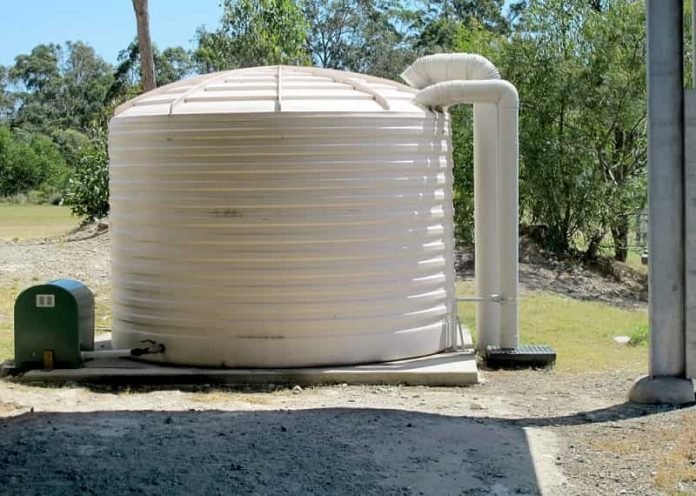Last Updated on February 9, 2025 by Bisma Sehar
Float switches are devices that are used to detect the level of liquid in a tank or container. They consist of a float that is connected to a switch via a rod or cable. As the liquid level rises or falls, the float moves up or down accordingly, activating or deactivating the switch.
Table of Contents
What are a Float Switch’s Uses?
Float switches are used in a variety of applications, such as oil tanks, water pumps, and sewage treatment plants. They are also used in some vending machines to detect when a cup is full.
How Does a Float Switch Work?
Float switches work by using buoyancy to activate or deactivate a switch. As the float rises or falls with the liquid level, it activates or deactivates the switch.
For example, in a water pump, the switch is activated when the water level reaches a certain point. This triggers the pump to turn on and begin pumping water out of the tank. As the water level decreases, the float sinks and deactivates the switch, causing the pump to turn off. You can measure this process by looking at the tank level gauge.
In some applications, such as oil tanks, the float switch may be used to trigger an alarm when the level gets too high or too low. This allows operators to take action to prevent the tank from overflowing or running dry.
Float switches are simple, reliable devices that are widely used in a variety of industries and applications. If you need to monitor liquid levels, a float switch is a great solution.
What are the Advantages of Using a Float Switch?
Float switches offer a number of advantages, including:
- They are simple and reliable devices that require little maintenance.
- They can be used in a variety of applications.
- They are relatively inexpensive.
What are the Disadvantages of Using a Float Switch?
There are a few disadvantages to using float switches, including:
- They can be damaged by debris or other objects in the tank.
- They may not be able to accurately detect very small changes in the liquid level.
- They can be affected by changes in temperature or the density of the liquid.
Despite these disadvantages, float switches are still a popular choice for many industries and applications.
If you need to monitor liquid levels in a tank or container, a float switch is a great solution. For more information on float switches or to find the perfect one for your application, contact a qualified supplier today.
When should you use a float switch?
Float switches are most commonly used in applications where it is necessary to monitor the level of liquid in a tank or container. They are also used in some vending machines to detect when a cup is full. In general, float switches are a great solution for any application where it is necessary to monitor liquid levels.
For example, float switches are often used in water pumps to ensure that the pump does not run dry. They are also used in sewage treatment plants to monitor the level of waste in the tank. In oil tanks, float switches may be used to trigger an alarm when the level gets too high or too low. This allows operators to take action to prevent the tank from overflowing or running dry.
Read More: 3 Cybersecurity Tips Everyone Should Know
What are the Different Types of Float Switches?
There are a few different types of float switches, including:
- Magnetic float switches: These float switches use a magnet to activate or deactivate the switch. As the float moves up or down, it activates or deactivates the switch.
- Mechanical float switches: These float switches use a mechanical mechanism to activate or deactivate the switch. As the float moves up or down, it activates or deactivates the switch.
- Optical float switches: These float switches use an optical sensor to detect the level of liquid in the tank. As the level of liquid rises or falls, the sensor triggers the switch.
















